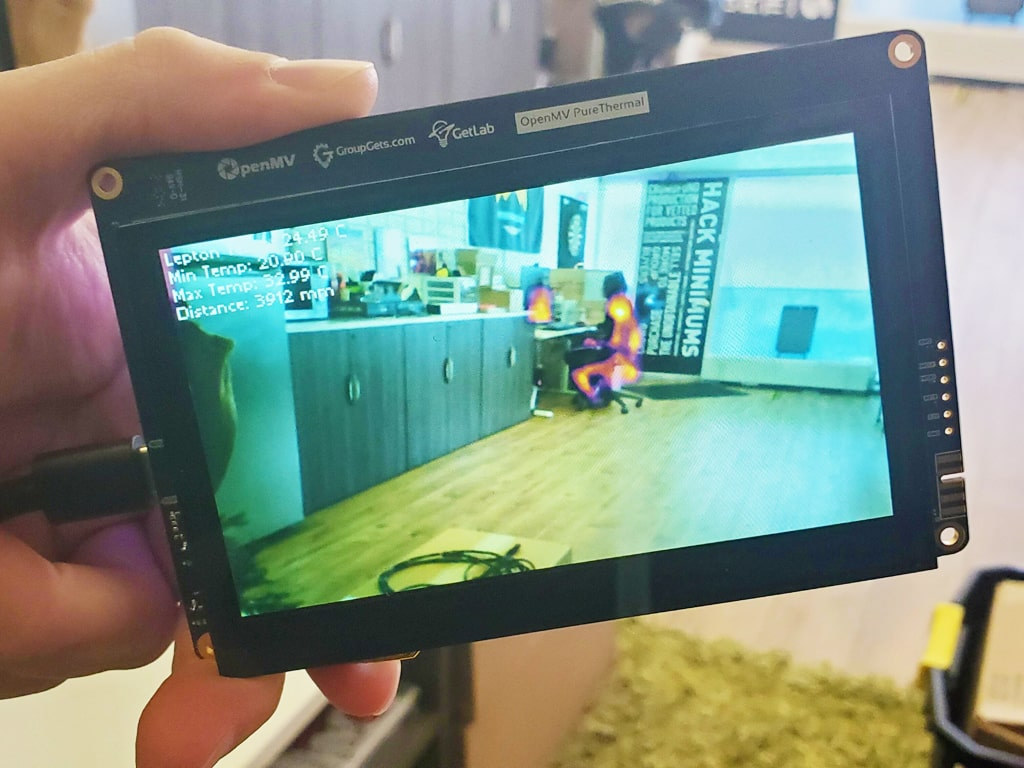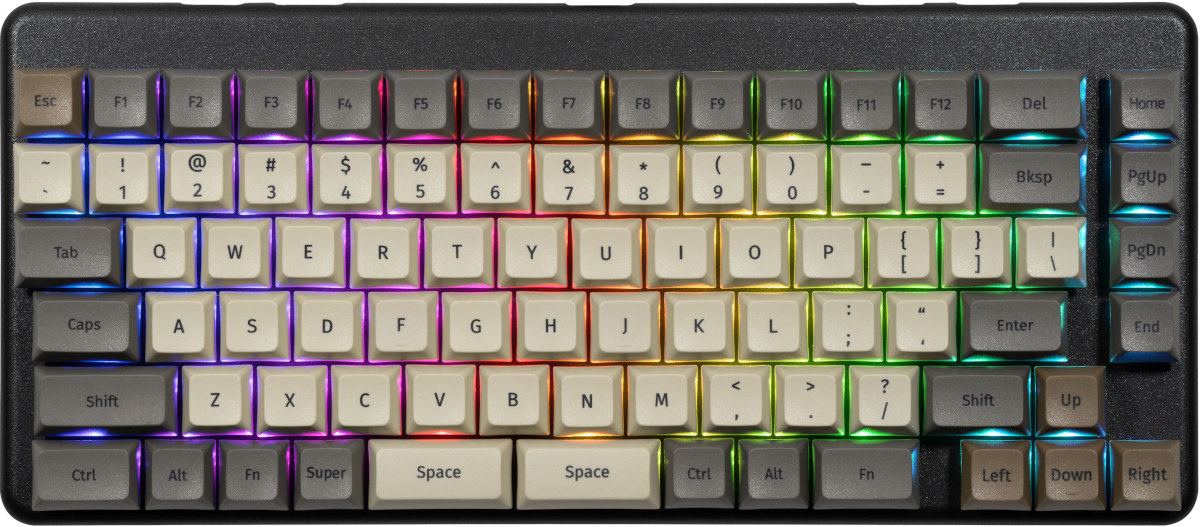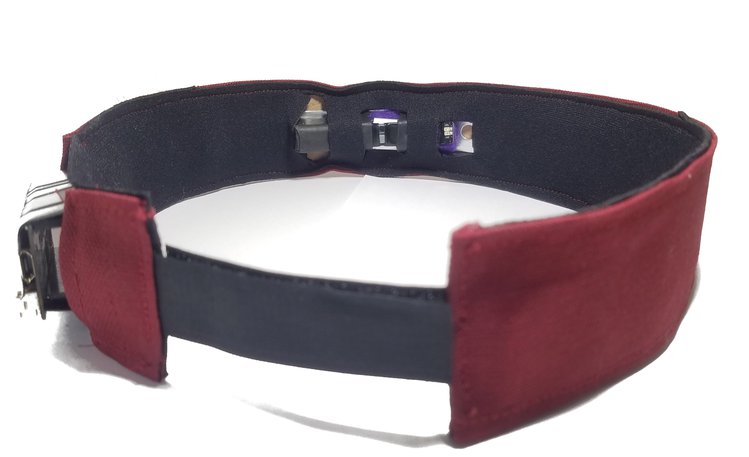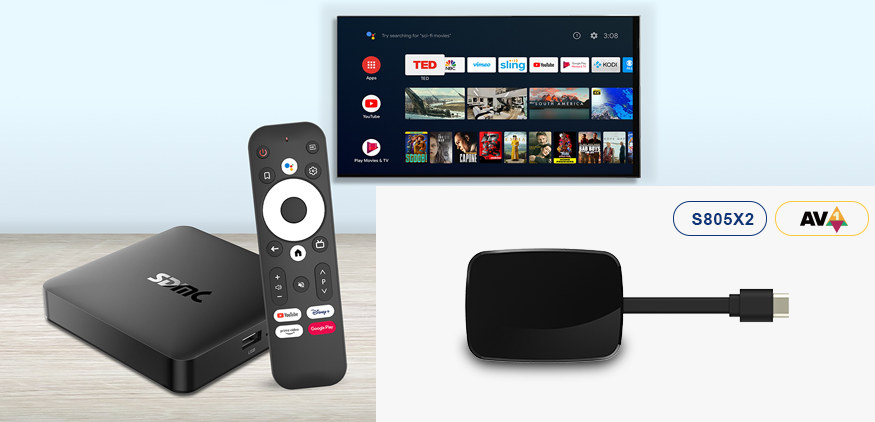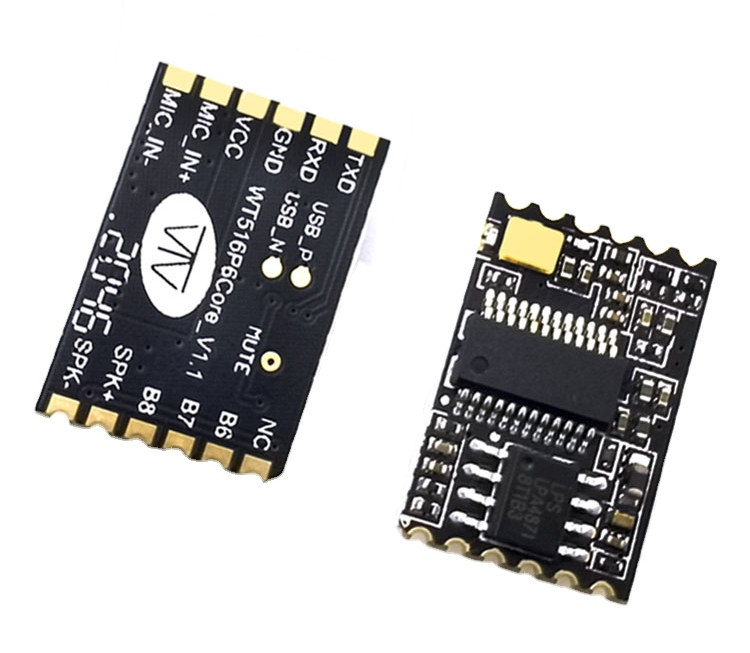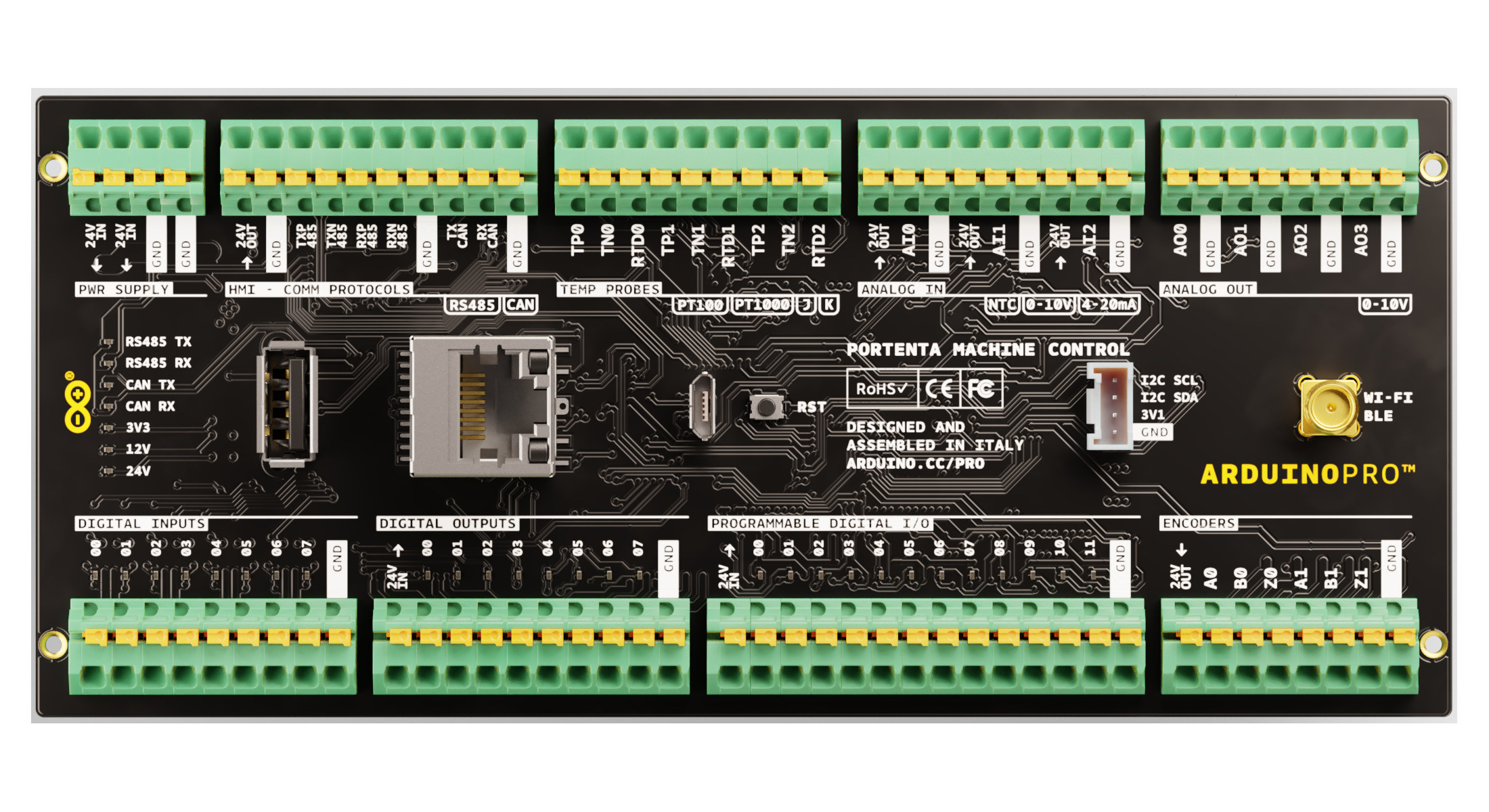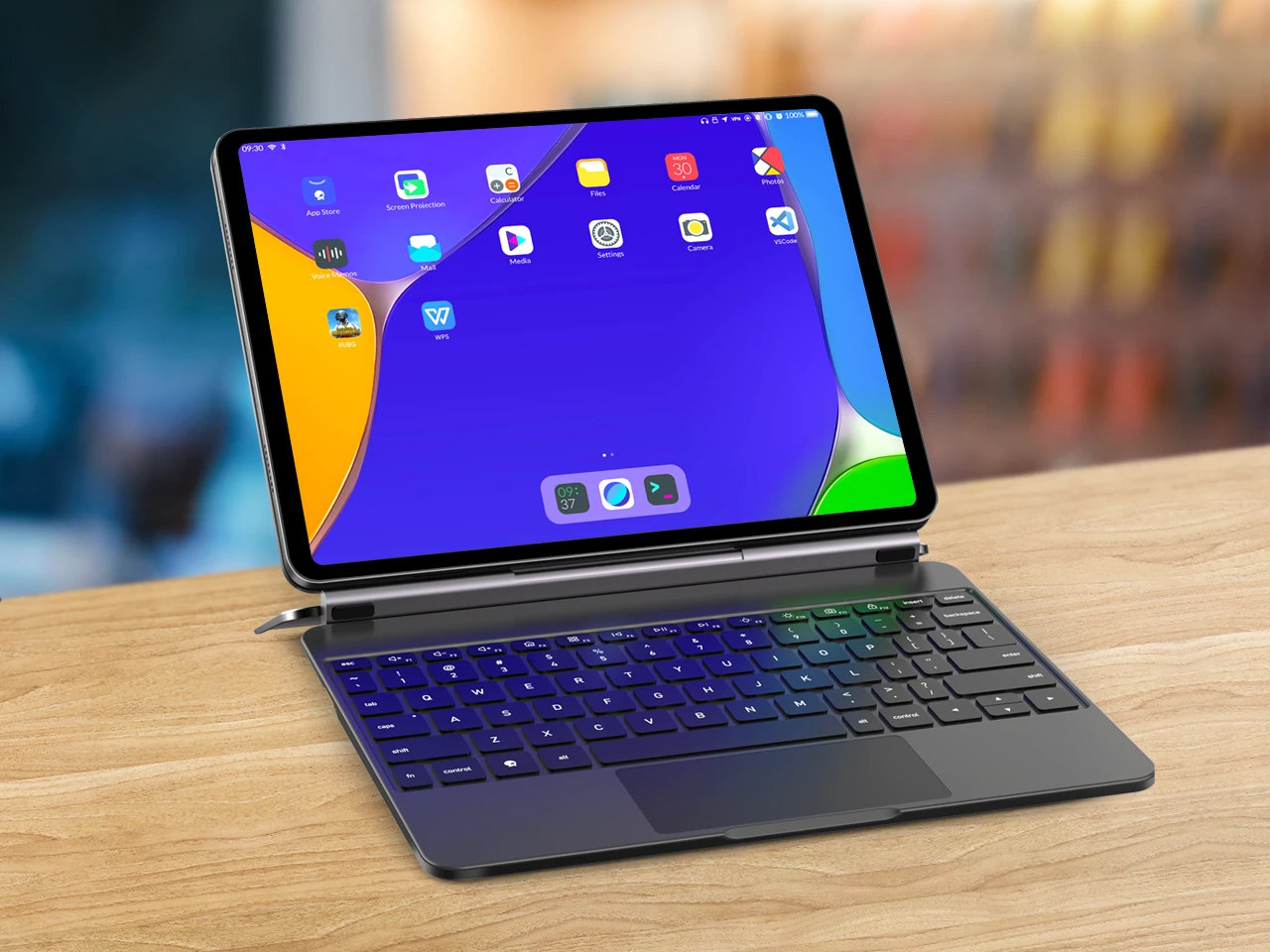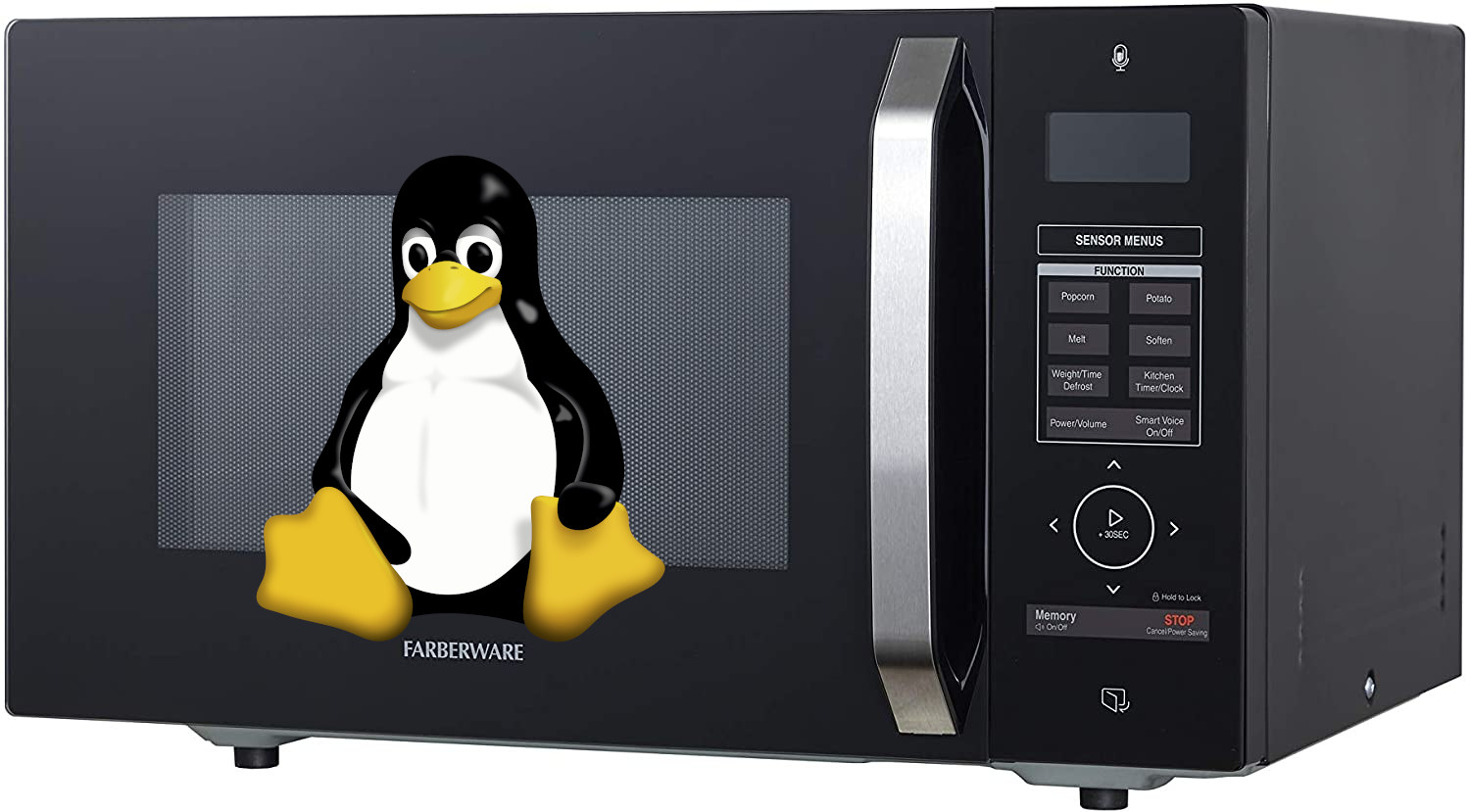We’ve been writing about OpenMV open-source camera boards programmable with MicroPython at least since 2015, with the latest model OpenMV Cam H7 based on STM32H7 Cortex-M7 microcontroller introduced in 2018. But the company has now gone a step further with OpenMV PureThermal board equipped with a more powerful STM32H7 dual-core Arm Cortex-M7/M4microcontroller, and supporting FLIR Lepton 2 to 3.5 thermal imagers, allowing the system to overlay the thermal map on top of the image like an augmented reality app would do. It can do so on the integrated LCD display or on an HDMI display. OpenMV PureThermal features & specifications: MCU – STMicro STM32H7 Arm Cortex-M7 @ 480 MHz) and Cortex-M4 @ 240 MHz microcontroller Memory – 64MB SDRAM Storage – 32 MB of QSPI flash for the firmware, a microSD card slot for saving pictures and machine vision assets Display 800×480 touch Screen LCD DVI out for driving an […]
System76 Launch is an open-source hardware, configurable keyboard
System76, the company better known for its Linux laptops, has launched an open-source hardware, configurable keyboard. Meet System76 Launch. The keyboard firmware, schematics, and mechanical files are all open-source. Launch ships with an ANSI US QWERTY layout but can be customized through a configuration program for Windows, Linux, and macOS, and a key puller is included to easily replace/change keycaps as needed. System76 Launch keyboard specifications: Open-source custom PCB Individually addressable RGB LED backlighting N-Key Rollover to detect all keystrokes no matter how many keys are pressed simultaneously Sockets and Switches Kailh MX Hotswap Sockets Kailh Box Jade or Kailh Box Royal Switches Key Caps – PBT plastic, dye sublimated legend, XDA profile Layout – ANSI US QWERTY Integrated USB hub with 2x USB 3.2 Gen 2 Type C (Up to 10 Gbps), 2x USB 3.2 Gen 2 Type A (Up to 10 Gbps) Open-source milled chassis design with detachable […]
HEGduino V2 supports fNIRS and Blood-Flow Monitoring (Crowdfunding)
AlasKit has launched a crowdfunding campaign on Crowd Supply for HEGduino V2. The device features noninvasive optical imaging through fNIRS (Functional near-infrared spectroscopy), apart from its brain blood flow monitoring functionality. We saw the previous version of the HEGduino in September 2019 which only supported blood flow monitoring. But the HEGduino V2 also monitors breathing, heart rate, and skin temperature. HEGduino V2 has a MAX86141 optical pulse oximeter cum heart-rate sensor for incorporating Heart Rate Variability (HRV) training. It also allows breath and skin temperature monitoring. The sensor has a specification of 2×4096 SPS sensing with a 19-bit resolution which is a bit higher than its previous version. As HEGduino V1 had an 860 SPS sensing with a 16-bit resolution. However, the practical application observes even lesser values for HEGduino V1. Setup of HEGduino V2 The device also comes with an ESP32 breakout board with rechargeable battery support. The board […]
S805X2 AV1 Android TV dongles and TV boxes are starting to show up
Amlogic S805X2 AV1 capable processor was first teased as an update to S805X and S805Y Full HD TV box processors in 2019 with very little details. But companies have started to list some S805X2 based Android dongles and TV boxes. That means we also have additional details for the processor, and we’ll look into SDMC DV9035 TV box and SEI Robotics SEI103 dongle, neither of which should be sold to end-users, but instead OEM’s or content providers. SDMC DV9035 S805X2 TV box Specifications: SoC – Amlogic S805X2 quad-core Arm Cortex-A35 processor with Mali-G31 MP2 GPU System Memory – 1GB DDR4 Storage – 8GB eMMC flash Video Output – HDMI up to 1080p60 with HDR support Video Codecs – AV1, VP9, H.265, H.264 High-dynamic Range – HDR 10, HLG, HDR10+Optional Connectivity 10/100M Ethernet Dual-band 2.4GHz/5GHz 802.11a/b/g/n/ac WiFI 5 with optional 2×2 MIMO, Bluetooth 4.2 or higher USB – 2x USB 2.0 ports DRM – […]
US516P6 RISC microcontroller powers offline voice assistant modules
I recently wrote about a Linux microwave oven with a built-in voice assistant, and somebody mentioned a quad-core SoC was overkill, and instead US516P6 microcontroller designed for offline voice commands would be a better fit. It’s all good, but finding information about Unisound US516P6 proved to be quite a challenge with not much public information, and most in Chinese. But then I noticed Wireless Tag WT516P6Core offline voice module, and since I have contact with the company I managed to get a few more details, notable with regards to the development tools. US516P6 module specifications: MCU – Unisound US516P6 RISC microcontroller (likely Andes NDS32 based) @ 240 MHz with FPU, DSP instruction, FFT accelerator, 242KB SRAM, 2MB flash Audio – Built-in power amplifier I/Os – 12 castellated holes with UART, GPIO, microphone input, speaker output, VCC, and GND Power Supply – Built-in 5V to 3.3V, 3.3V to 1.2V LDO to […]
Arduino launches Portenta Machine Control industrial control unit
Arduino Portenta Machine Control is a low-power, industrial control unit powered by Arduino Portenta H7 board and designed to drive equipment and machinery through digital and analog I/O exposed through terminal blocks. The industrial control unit adds to the Arduino Pro family that was introduced in 2020 with support for the Arm Pelion IoT platform, the launch of the STM32H7-powered Arduino Portenta H7 industrial board, and joins another application-specific solution, namely the Arduino Edge Control board for smart agriculture launched last month. Arduino Portenta Machine Control specifications: Portenta H7 board with MCU – TMicro STM32H747XI Cortex-M7 @ 480 MHz + M4 @ 200 MHz MCU with 2MB dual-bank Flash memory, 1 MB RAM, Chrom-ART graphical hardware accelerator System Memory – 8MB SDRAM Storage – 16MB QSPI NOR Flash Connectivity – 10/100M Ethernet RJ45 port, WiFi & Bluetooth LE with u.FL antenna connector USB – 1x USB Programming Port I/O via […]
JingPad A1 Arm Linux 2-in-1 tablet can run Android apps (Crowdfunding)
If you are looking for an Arm Linux tablet option are limited with, for instance, the Allwinner A64 powered 10.1-inch PineTab tablet or the CutiePi tablet with a Raspberry Pi CM4 module. If you’d like more performance, the upcoming JingPad A1 2-in-1 tablet might be an option worth looking into. The 11-inch 2K tablet features an octa-core Cortex-A75/A55 processor, coupled with 6GB RAM and 128GB storage, and can be transformed into a laptop with an optional detachable keyboard. JingPad A1 runs the company’s JingOS optimized for tablets, and which also happens to be able to run Android apps. JingPad A1 specifications: SoC – Unnamed octa-core processor with 4x Arm Cortex-A75 CPU cores @ 2 GHz, 4x Arm Cortex-A55 CPU cores @ 1.8 GHz, Imagination PowerVR GM9446 GPU @ 800 MHz. (I can’t find an exact match, but if it looks similar to MediaTek Helio P90 except the configuration is 2x […]
Microwave oven runs Linux on Rockchip RK3308 for voice control
Linux is everywhere, even on Mars, but if there’s one home appliance I did not expect to find the open-source operating system, it would have been the microwave oven. But Farberware thinks differently and launched the FM11VABK microwave oven running Linux on a Rockchip RK3308 quad-core Cortex-A35 processor to handle Sensory’s TrulyHandsfree voice stack enable voice-assistant features on the Linux microwave oven. I don’t think I need to go through the full specs of the 1,100 Watts microwave oven and I’ll focus on the voice assistant instead. People who worry about connecting everything to the Internet will be glad to know Farberware FM11VABK does not require an Internet connection or a mobile app for control. Everything is processed locally through TrulyHandsfree technology without sacrificing privacy, and with faster response times. Sensory offers its “Custom Domain-Specific Voice Assistant” service to any manufacturers of home appliances, vehicle infotainment systems, set-top boxes, home […]


